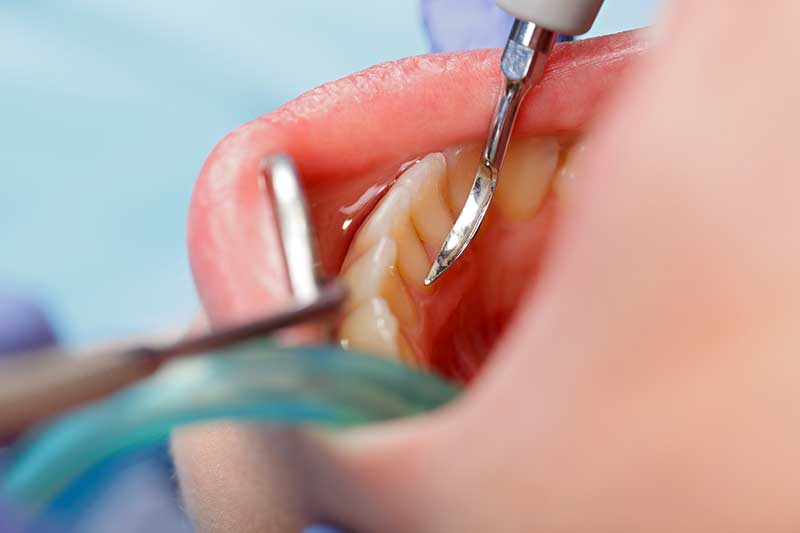The same bacteria in our mouths cause plaque and calculus. Both of these materials are harmful to our teeth: however, the damages caused by each vary in their types and severity. Let’s have a detailed view of the differences between Plaque and Calculus.
What is plaque?
Plaque is a white sticky substance that sticks to teeth surface because of poor brushing. It starts developing in your mouth within four hours of eating; therefore, dentists recommend brushing half an hour after taking every meal.
A dentist recommends brushing at least twice a day early in the morning and in the night before going to bed. If you go to your bed without brushing your teeth, food particles, trapped in your teeth, get enough time to be converted into plaque.
However, there is nothing to worry about its dangers to your teeth because it can be easily removed with proper and regular tooth brushing and flossing techniques.
However, poor tooth brushing techniques or irregular cleaning or flossing keeps on building plaque, ultimately causing it to release acids that rupture the protective layer (enamel) of your teeth. After the erosion of enamel, your teeth’s surface becomes rough and easily binds sticky and colored food particles. Thus, the teeth become more vulnerable to decay and other damages.
What is Calculus?
When plaque keeps on building on the surface of teeth due to poor brushing, it turns into calcified deposits called tartar (that is also known as calculus). In contrast to plaque, tartar is a non-sticky and hard porous material that quickly gets attached to bacteria.
There are no simple home remedies to remove calculus; instead, you need to consult your dentist, who can provide you with a better dental solution using the latest modern equipment and techniques.
How to get rid of Plaque & Calculus?
One popular and most effective treatment for removing calculus from the surface of teeth is ‘scaling.’ Before recommending a cleaning treatment, a dentist conducts a thorough examination of the latest equipment.
This will help him to understand the severity of a particular dental problem completely. Some of the clinics like Cal Dental Group use digital X-Rays of the affected area. The radiographs enhance the image of the infected area so that the dentists can have a closer look at calculus and provide an effective treatment.
For the removal of calculus, the dentists use special tools that can easily reach below your gum line, behind your teeth, or in the area between your teeth.
Proper flossing and regular brushing can keep you off from getting calculus. Dentists also recommend tartar controlling kinds of toothpaste that keep the surface of your teeth clean. Moreover, to maintain your teeth and gums’ overall health, you need to see your dentist regularly.

